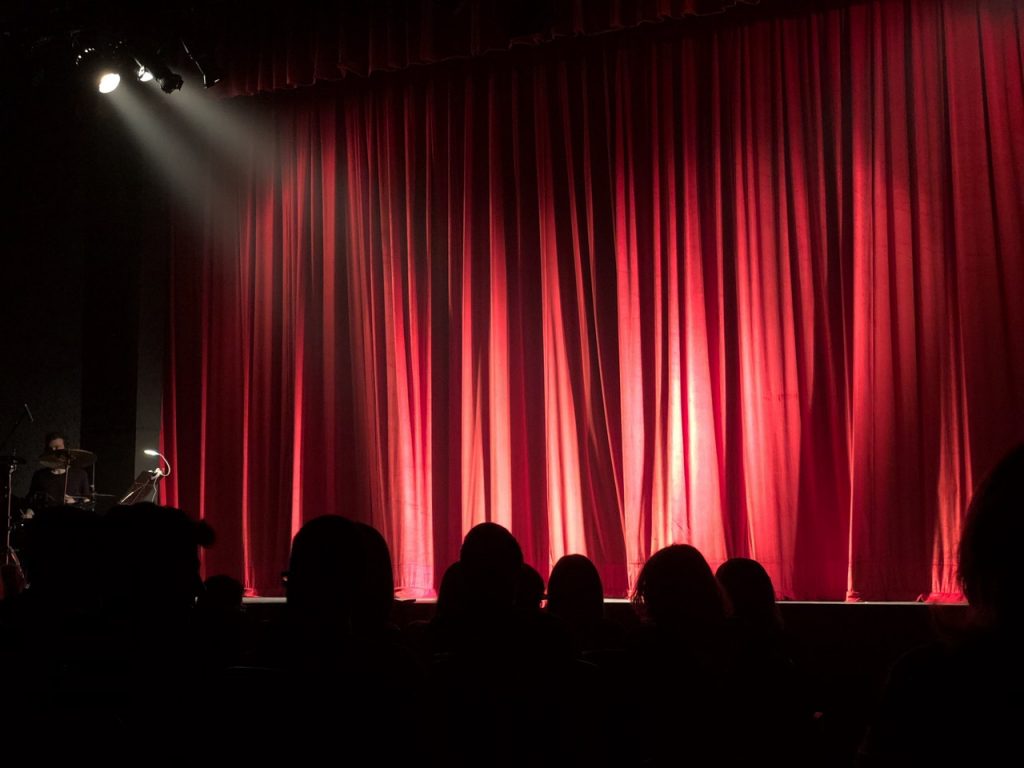It tells tales of our history, our culture, and events we live through now.
That means our society can mould theatre. Technology has altered the point, from local productions in churches all of the way up to Broadway. Designers and theatre students are not only learning basic principles of acting and directing; they are also learning how to utilise technology to improve their visions.
This is how technology is altering theatre and why the next generation of designers will be technology specialists.
In an article for the Northeastern College of Arts and Sciences, Greg St. Martin writes that theatre is frequently called”the fabulous invalid” because it has always been seen as a dying art ever since the arrival of the radio (and then television, then net streaming).
However, the prevalence of Broadway productions like The Lion King and Hamilton prove differently. In a world where we could watch whatever we want whenever we want, audiences continue to be drawn to a fantastic story.
“There is something which we seem to crave about the live experience that’s primal for residing in the area with the performer and using a special experience that only you’re having,” he says, mentioning Beyoncé’s Lemonade as a similar example. Through the centuries, the theatre community has adopted technology rather than fighting it.
Young People Are Inclined to Modernize the Arts
In an article for Tech.co, Sarah Willis explains that more young people than ever are being attracted to the theatre and are altering how traditional stories are presented.
“You do not expect young people to be excited by the music of the parents, so why are they engaged by the exact old theatre?” she writes. “The new generations are constantly at the forefront of new developments in the arts, so it should not be a surprise that today’s young theatre-goers are searching for a different type of experience.”
It is entirely possible that theatre traditionalists who decry technology will be the exact men and women who snore electric guitars in the 1930s or the growth of colour TV in the 1960s.
The very concept and background of theatrical arts imply that it can not afford to dismiss modern technology when it hopes to remain relevant. Ever since the age of cinema at Athens under Aeschylus, Sophocles, and Euripides, the theatre has served as a commentary on life.
Zachary Small in HowlRound writes that today’s playwrights and actors will need to embrace drone technology in warfare, and electronic communication to tell the tales of our time. We’re a culture created through technologies, and that should be depicted and researched on the stage.
While technology plays an essential role in the content of theatre, it is also discovering how productions are made.
The increase of 3D printing has turned into an enormous time-saver for production companies throughout the country.
Beatty, like most direct designers, requires a scale model be constructed to preview the set. Historically, this has included heaps of foam core, X-Acto knives, and hot glue. But with 3D printing, Hultgren and Beatty can design their collections on the internet and then send the prototypes to be made from plastic. This saves substantial time and effort — particularly in an industry working on tight deadlines.
“I do not feel guilty asking for 24 lamp posts and then requesting two more,” Beatty said.
The Baylor University theatre department has also been using 3D printing for decades, rather than to make set models. For their creation of Into the Woods, the props and costume department utilised 3D printers to make synthetic”magic” beans, in addition to other accessories to the witch’s costume.
Throughout the learning process, students still learn traditional costuming methods, but they also have the chance to mould an electronic”chunk of clay” into exactly what they want to get a show. This makes their eyesight less hodge-podge, reliant upon what they could find or create themselves and more precise in implementation.
From Magic Beans into Comedian Puppets
Naturally, after a creative field like theatre finds a new technology, the ideas start flowing. While he only just recently managed to bring a printer to his set store, he continues to experiment with its possibilities, including the production of a Stephen Colbert bust as an experimental puppet head.
